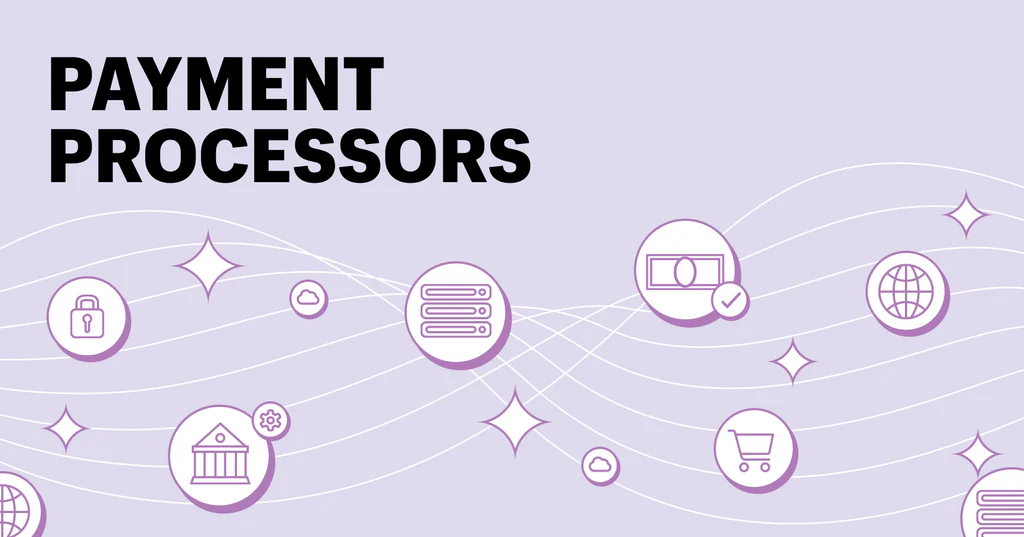Peer-to-peer payment methods are taking over. That should be clear to all, and if it’s not, it gets backed up by stats that claim that 169 million Americans use these kinds of apps, representing 68% of the nation’s smartphone users. Moreover, the average P2P software user is expected to transfer over $7,200 in 2024, around $600 per month. The yearly figure sent and received through these types of transactional software is expected to jump to $9,400 in 2028, with experts crediting much of this surgeon habits displayed by Millennials and Gen Z members, who have developed a preference for paying each other back via these methods, like for splitting tabs, and the like.
Without question, Millennials have the highest P2P adoption rate, with 80% of smartphone users who fall into this generation category transacting via P2P apps. Gen Z members are etching at their heels, narrowing their lead to only 2.4 million by 2028. At least, that is what projections say. Those in the know expect the number of Gen Z smartphone users with a fancy for P2P payments to swell from 48% in 2023 to 83% in 2028.
Hence, there is no doubt that in a decade, these money transfer options will be the norm for virtually everyone. Here, we analyze the pros and cons of peer-to-peer payment processors and match up the best ones.
What Are Peer-to-Peer Payment Processors?
Before getting into the benefits and drawbacks of these systems, let us quickly define them. They are digital platforms allowing individuals to send money to other members with no intermediaries involved securely. They do this by linking bank accounts, credit/debit cards, or digital wallets to their service and usually operate on the principle of decentralized transactions. The most famous ones in the US are PayPal, Venmo, CashApp, Zelle, a pick connected to traditional banks, and MatchPay, a processor designed for online gambling or specific MatchPay casinos.
The Advantages of P2P Processors
The first and most obvious one is convenience. These platforms make themselves appealing through their ease of use. Setting up an account on platforms like Venmo, Cash App, or MatchPay requires minimal effort and is something that even non-tech-savvy individuals can navigate quite swiftly. Users typically need only to download an app, input basic information, and link a payment method. That is it. Conversely, if one opts to use a traditional bank transfer, that process will traditionally entail a lengthy verification process that will require a lot of paperwork.
Another major positive of these processors is their much lower fees, or in some cases, no fees. That makes them appealing in cost-sensitive industries like e-commerce and online gambling. That is because wire transfers and credit card transactions typically charge high processing fees of up to 5% or more than one’s transfer total. International transfers are even more costly when one factor in currency conversion fees.
P2P payment apps also offer enhanced privacy features that standard methods can lack. Again, this is valuable for industries like online gaming, gambling, and digital services, where users value discretion. These elements include high-end encryption, biometric authentication, and sending money using only a username, phone number, or email address for discretion.
Lastly, accessibility and reach are two other sizeable pros, as many mobile P2P software supply remote transactions to people who do not have access to traditional banking, primarily because of a general lack of infrastructure. That especially holds for residents of certain parts of Africa and Asia.
The Disadvantages of P2P Processors
One of the main gripes people have with P2P services, aside from PayPal, is the need for consumer protection they offer. Credit cards and PayPal have mechanisms to handle disputed transactions and recover funds that users have lost due to fraud. That is essential for online gaming and freelancing.
Transaction limits, daily, weekly, and monthly, are something that some choices from this category implement. This is an aspect of them that many people frown upon. Tax reporting is another difficult challenge for some, particularly given that Venmo and CashApp have already implemented KYC protocols that ask that users supply documentation proving they are who they say they are. Recently, governments have also boosted efforts to regulate the digital economy, demanding that many P2P platforms report user transactions for taxation. That is problematic for freelancers and small businesses, many of which need to be made aware of the full extent of their tax obligations.
The Best & Most Complicated P2P Processors
In the eyes of many, Zelle is the most problematic P2P platform, as it can cause issues in cases involving fraud. We say that because funds transfer through this method go through instantly and are irreversible. Moreover, users must have a US bank account that supports Zelle, and there is no protection if someone sends money to the wrong person or falls prey to a scam.
CashApp and Venmo dominate the US P2P market, the former due to its investment features and card options and the latter due to its simplicity and social media-style integration. MatchPay, given its unique digital marketplace element, is conquering the gambling section of the P2P user pool.





Be First to Comment